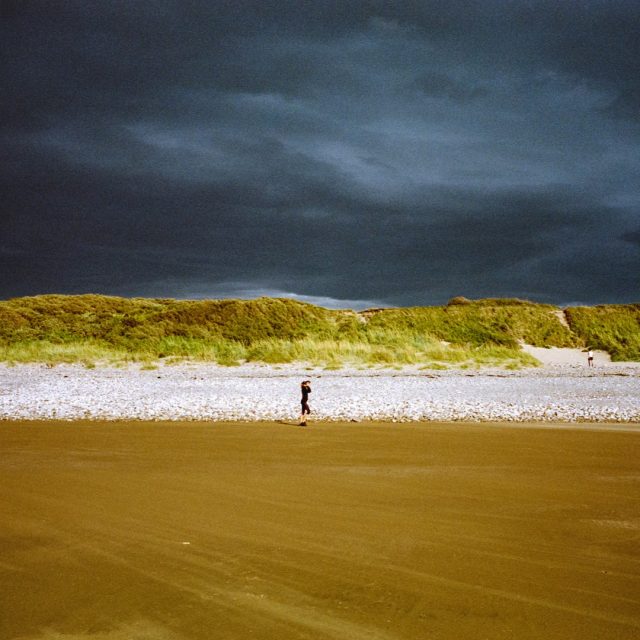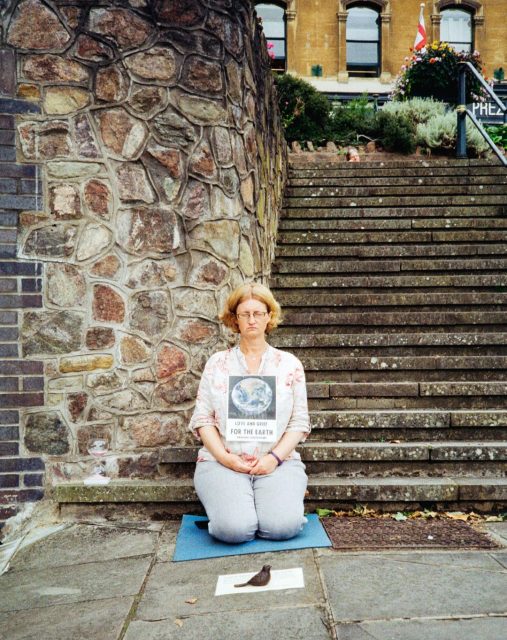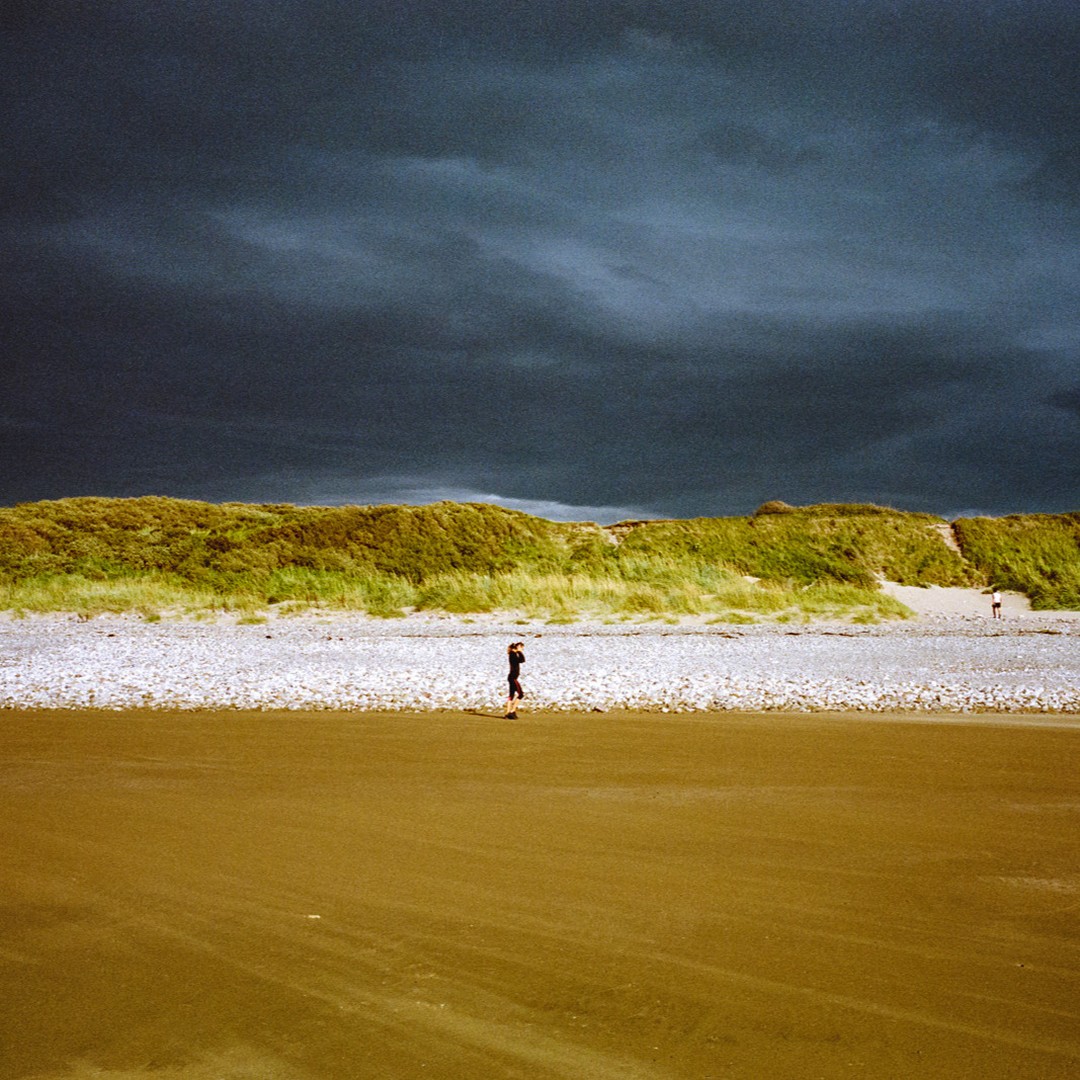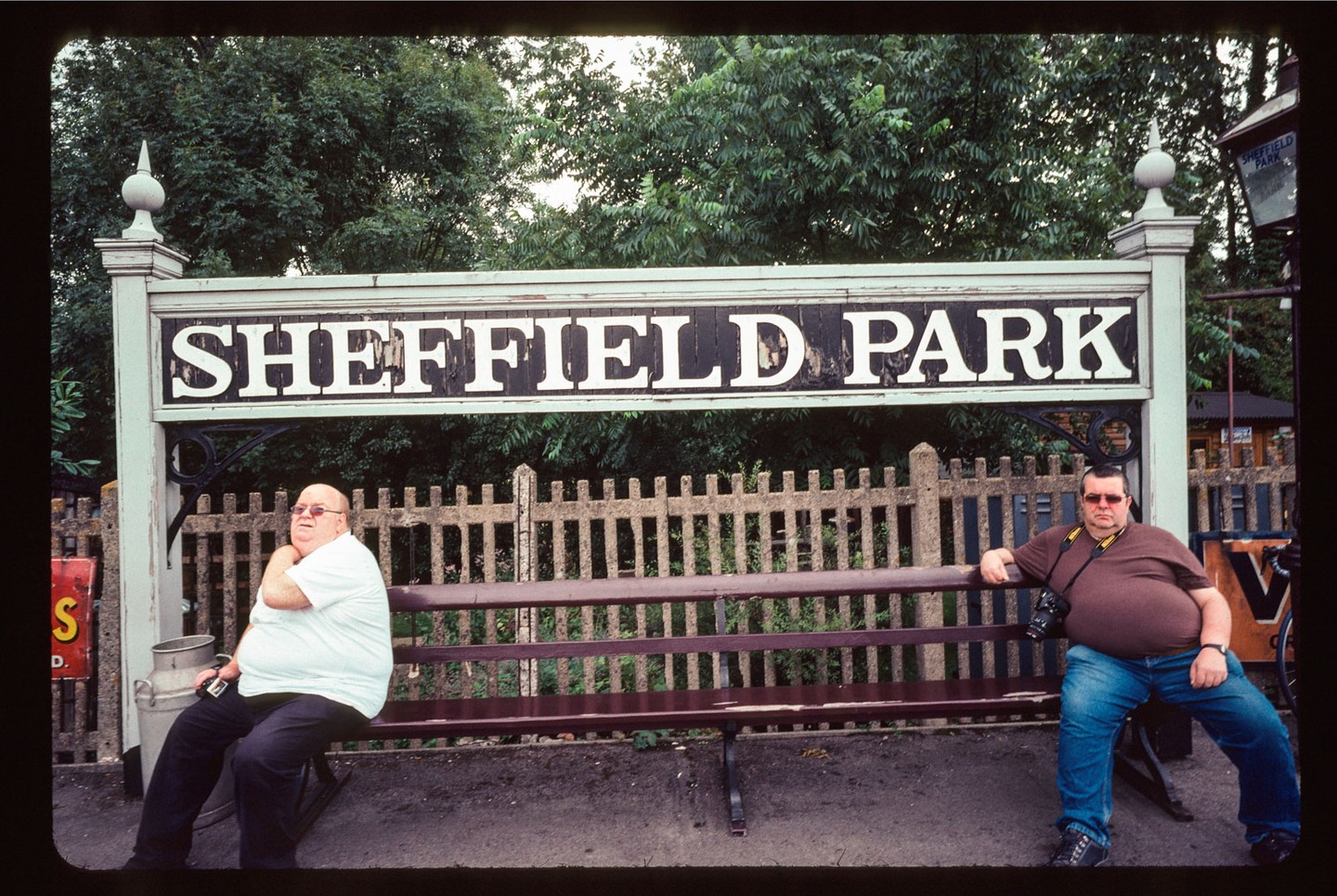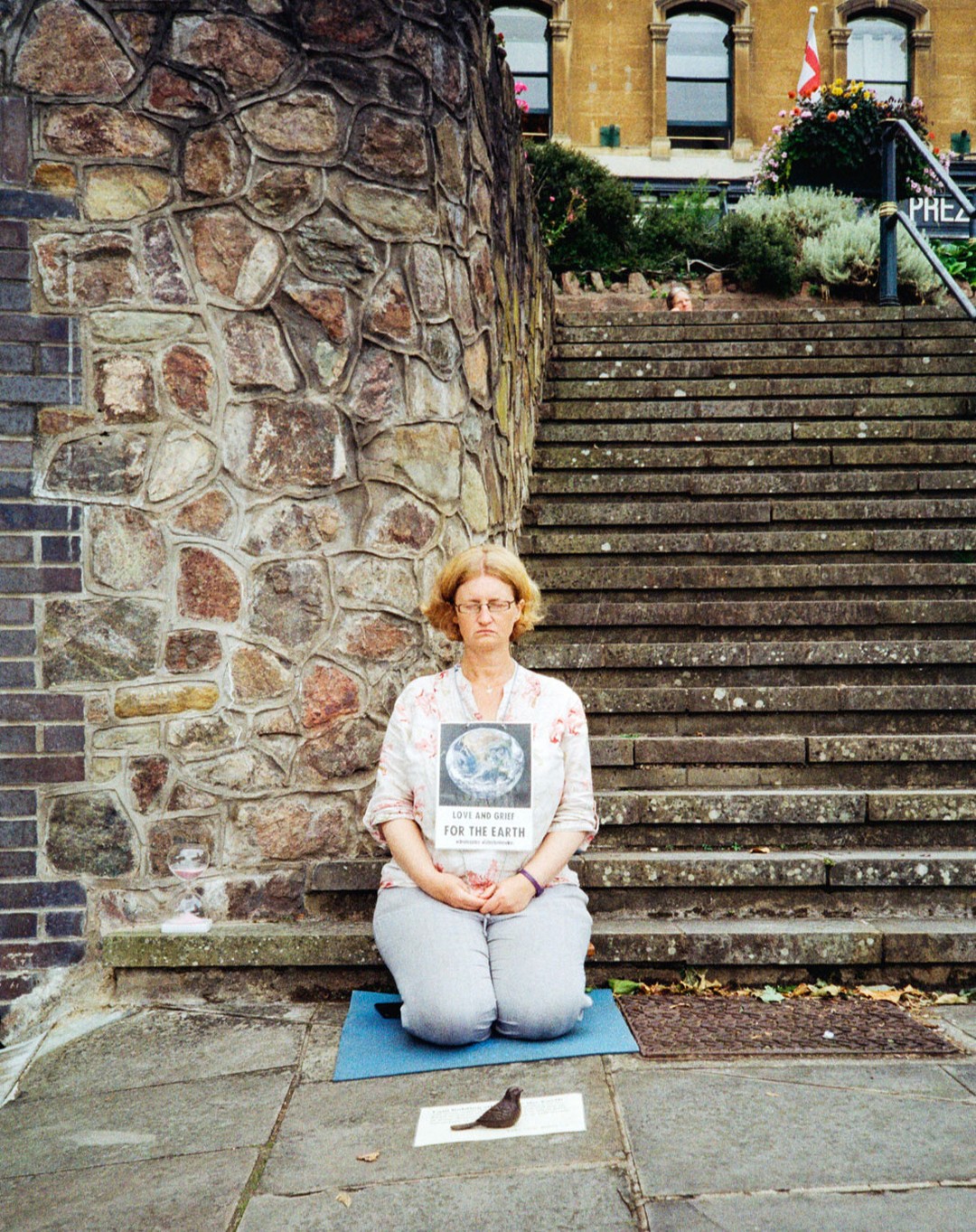Rural Decay: a Reminder of People’s Separation From Nature?
Rural decay refers to the decline or deterioration of rural areas, often characterized by the abandonment of farms, the closure of small businesses, and a decrease in population. Rural decay can be a reminder of the complex relationship between people and nature. The pictures below of an abandoned farm in Rochford can be a visual reminder of people’s separation from nature (i.e., nature connectedness).
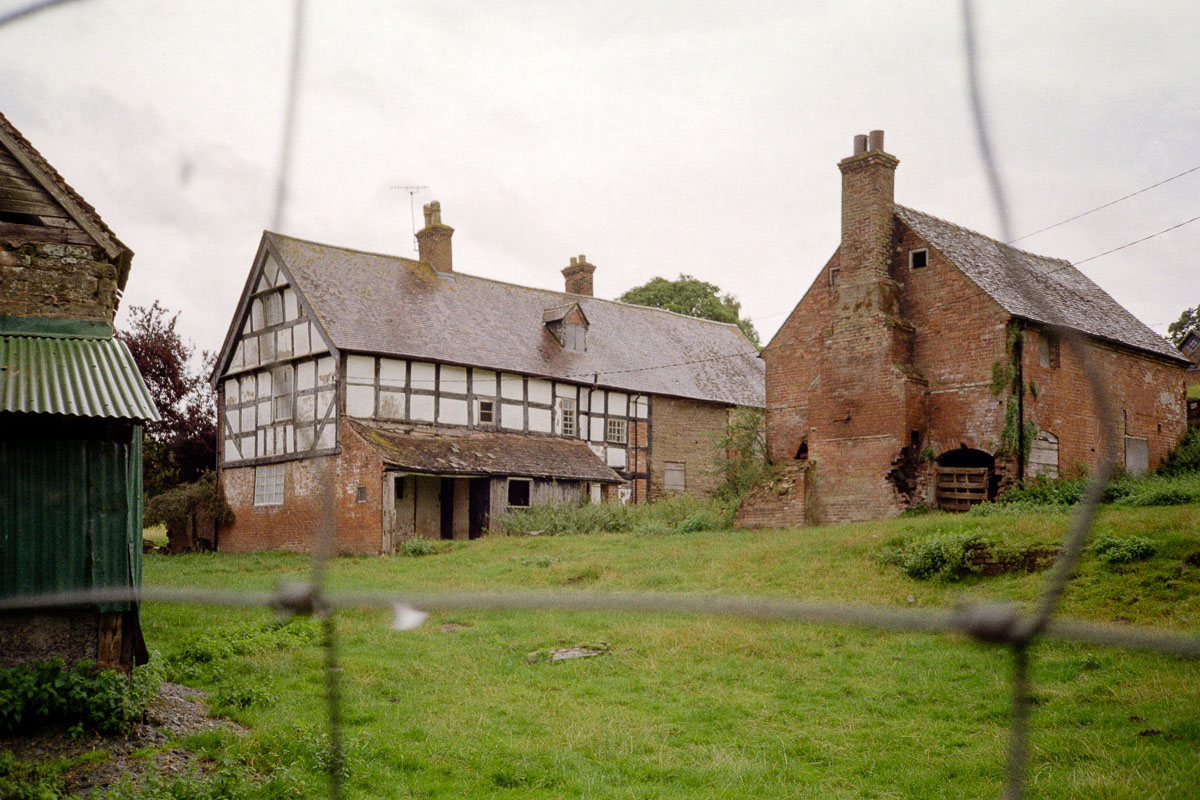
Rural Decay at Rochford Farm
In the summer of 2020, I stumbled on what appeared to be an abandoned farm in Rochford, near Tenbury Wells, a market town in Worcestershire, England. Rochford Farm is situated in a rural area and surrounded by picturesque countryside. Some outbuildings were in use, but the farmhouse was derelict, decaying and abandoned.
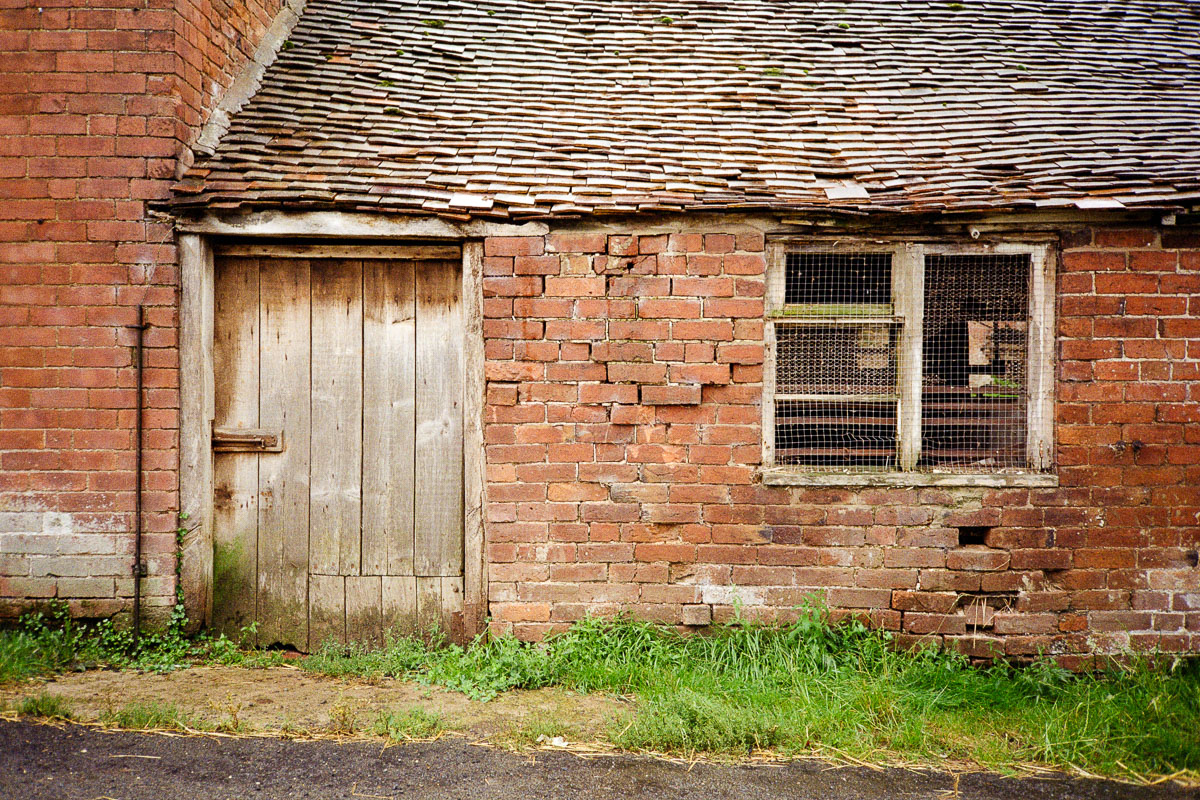
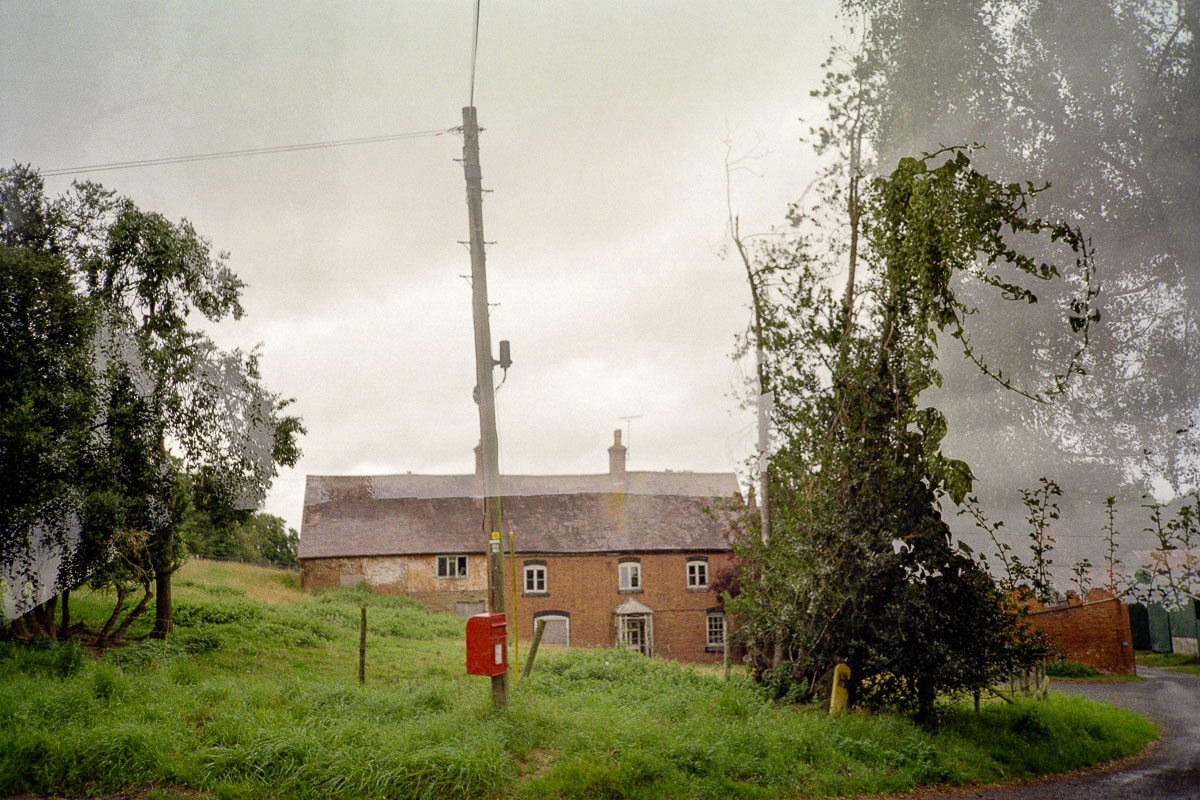
Urbanisation
According to the United Nations (2020), approximately 44% of the world’s population lives in rural areas, while 56% lives in urban areas. By 2030, the UN expect the urban population to rise to 60 per cent. This change represents a significant shift in population distribution from when most people lived in the countryside.
Moreover, as we become more reliant on technology and urbanization, we lose our connection to the natural world. This separation can lead to a lack of interest in preserving and maintaining rural buildings and structures.
While urbanization continues to be a significant trend, it is essential to recognize the value and importance of rural areas. These open spaces offer unique opportunities for improving well-being through access to nature, social support, and a slower pace of life.

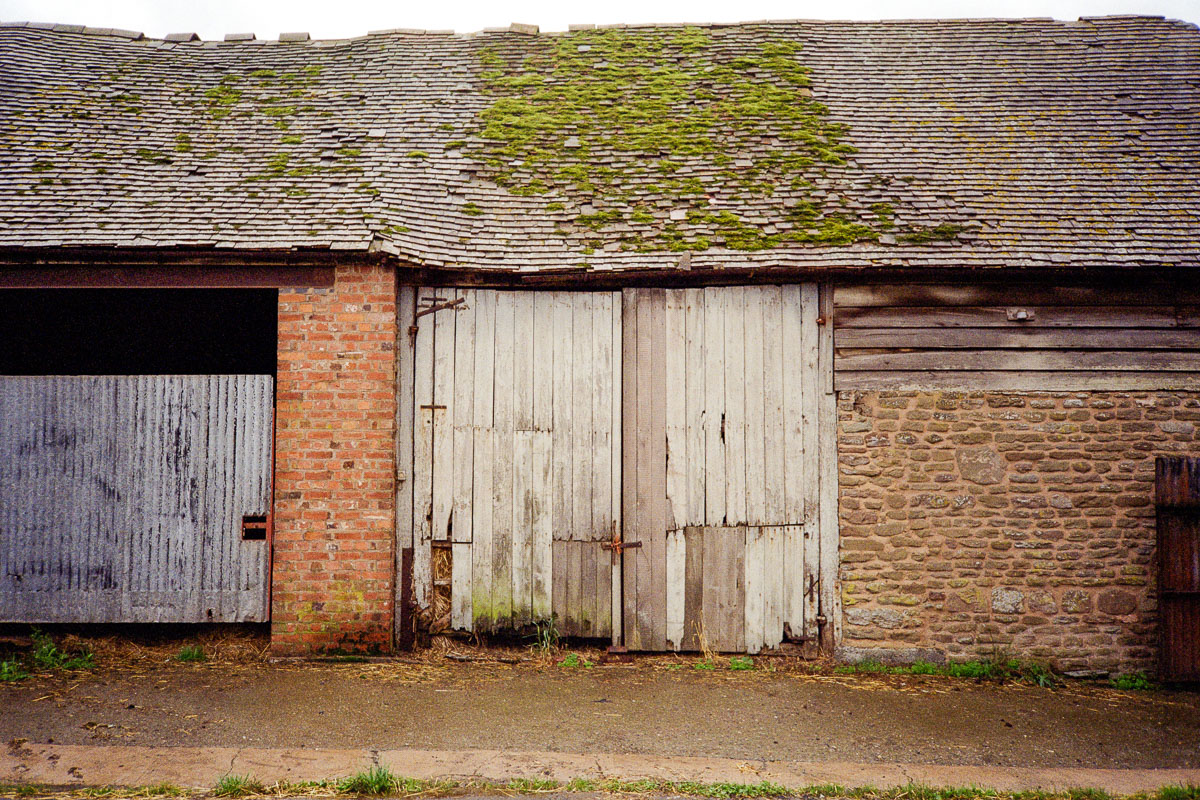
Nature Connectedness
Nature connectedness refers to people feeling connected or belonging to the natural world. It is a concept that has gained increasing attention in recent years due to growing concerns about the impact of human activities on the environment. Furthermore, researchers now realise the potential benefits of spending time in nature for mental and physical health.
Thus, people who feel connected to nature may experience psychological benefits, such as reduced stress and improved mood.
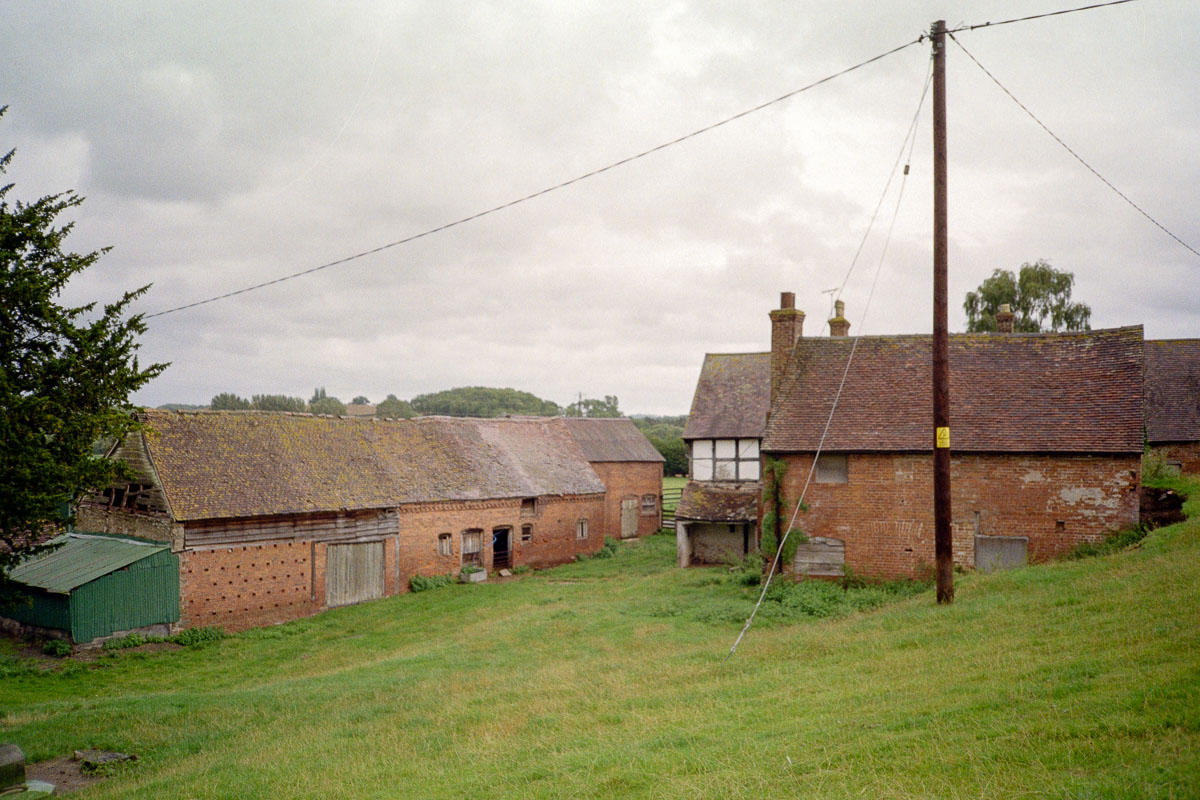
Rural Decay: Nature-Deficit Disorder
The growing trend of children spending less time in nature and the potential negative consequences of this trend is called “nature-deficit disorder.” A non-medical term coined by Richard Louv in his book “Last Child in the Woods.”
Nature-deficit disorder is not a medical diagnosis but rather a metaphor for the loss of connection to nature that is becoming more common in modern society.
Children who spend more time indoors in front of screens and less time outdoors in nature may miss out on the benefits it provides, such as opportunities for physical activity, sensory experiences, and creative play.
Pictures of Rural Decay at Rochford Farm
Rochford Farm is a beautiful and peaceful location. It offers visitors a chance to escape the hustle and bustle of city life. Check out the pictures I took below.
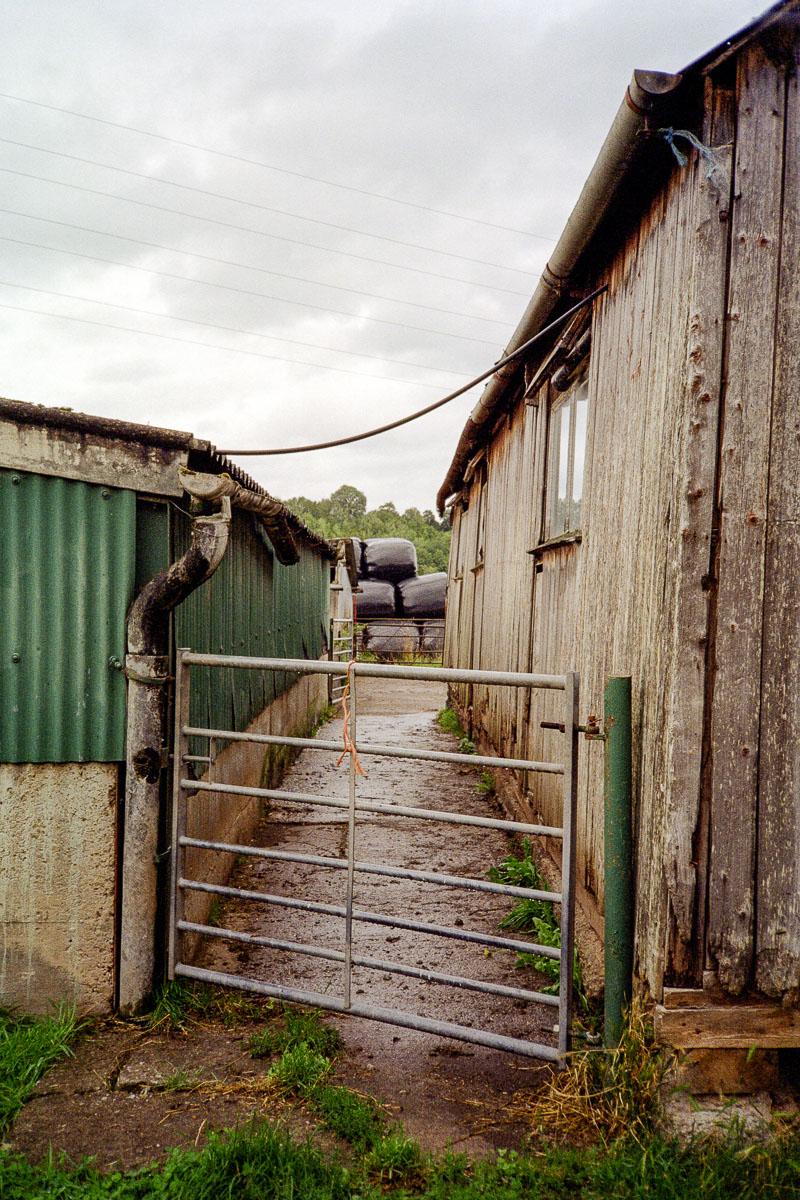
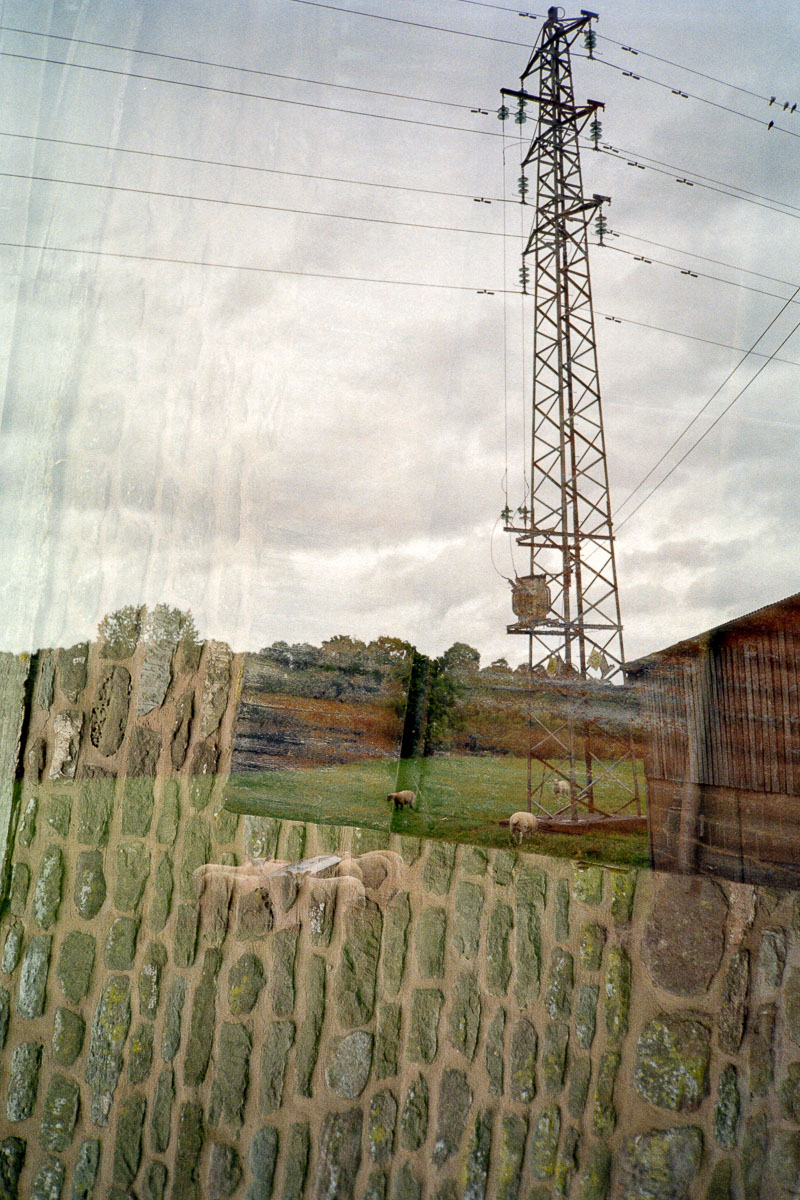
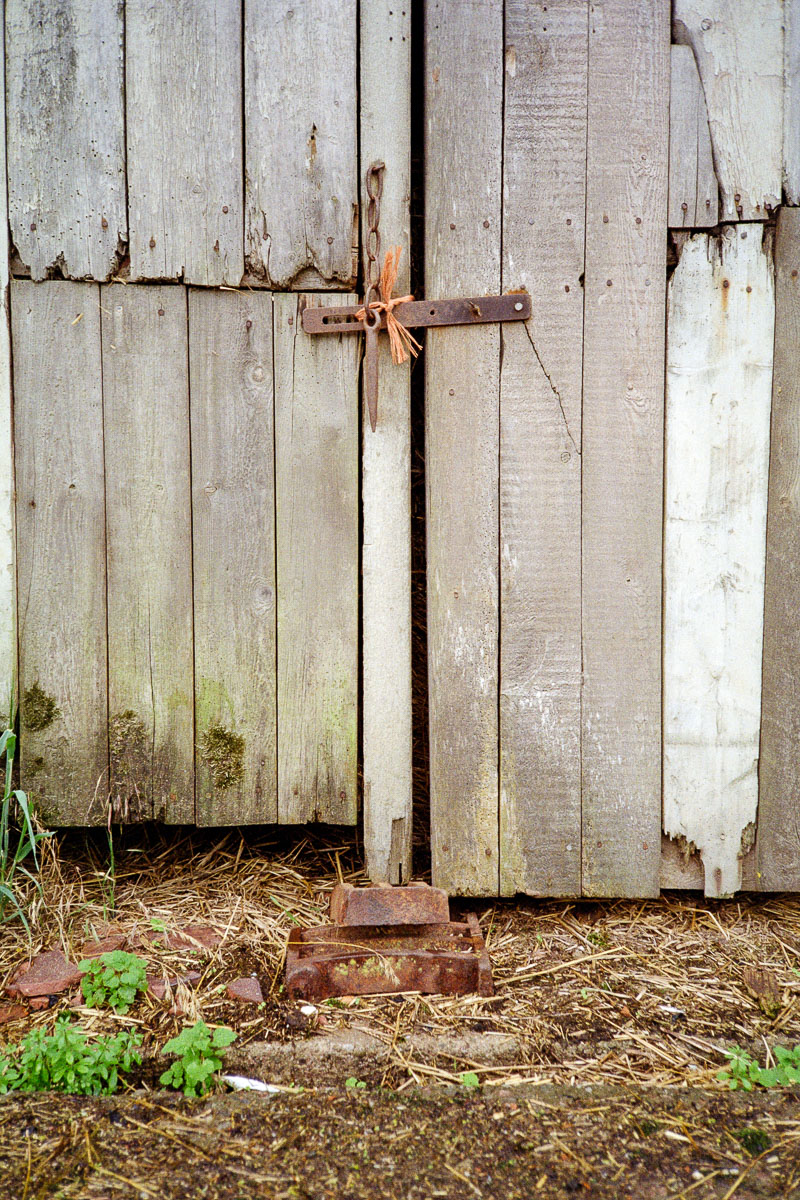
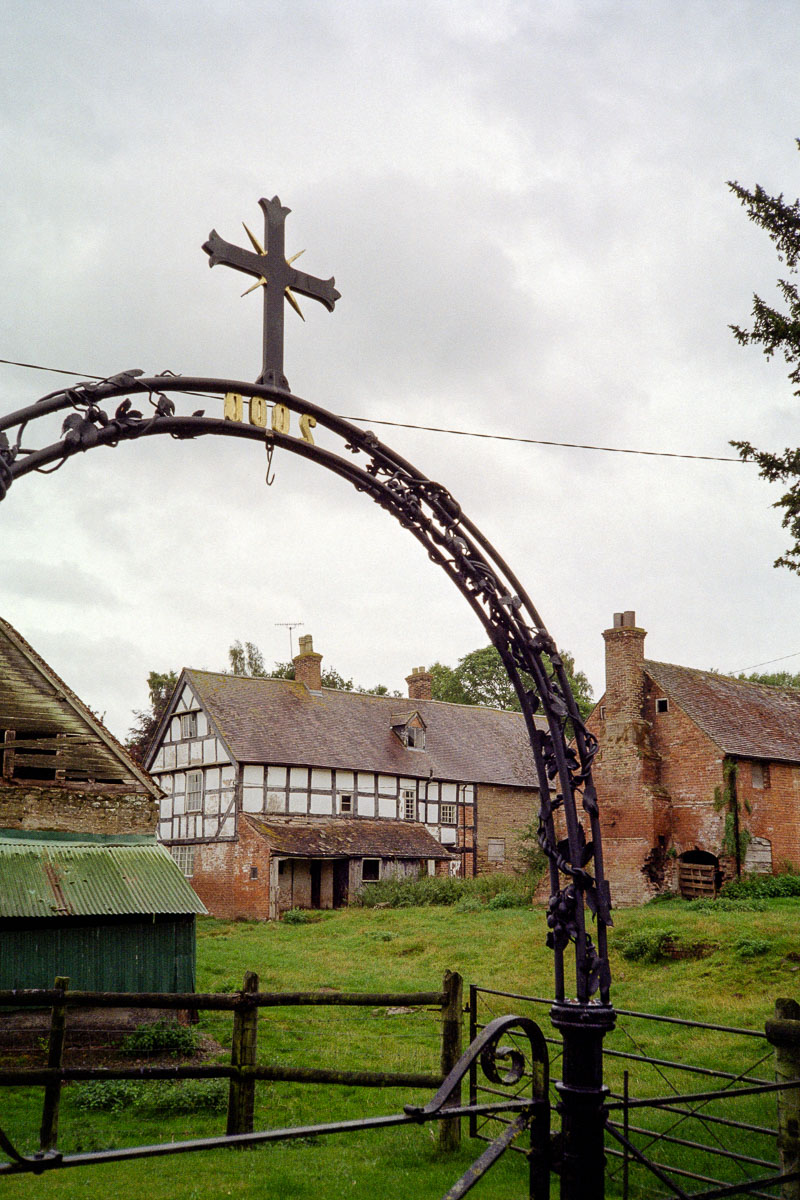
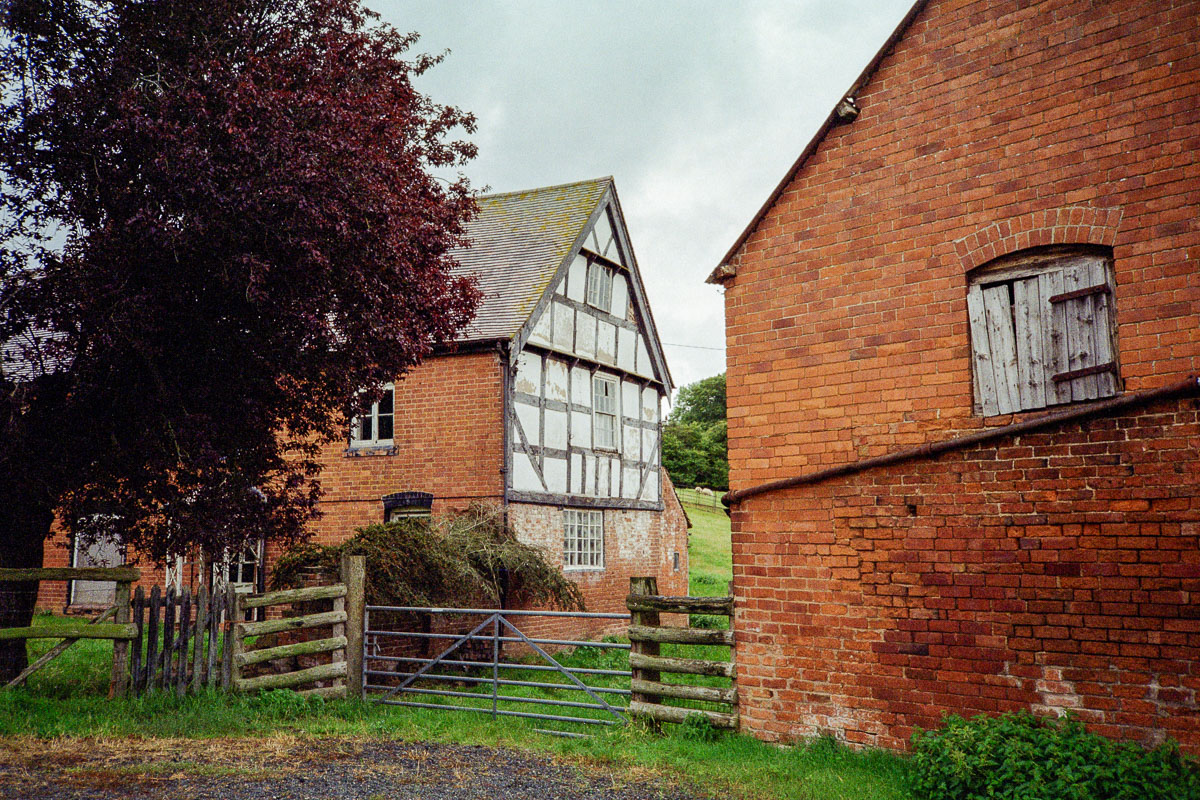
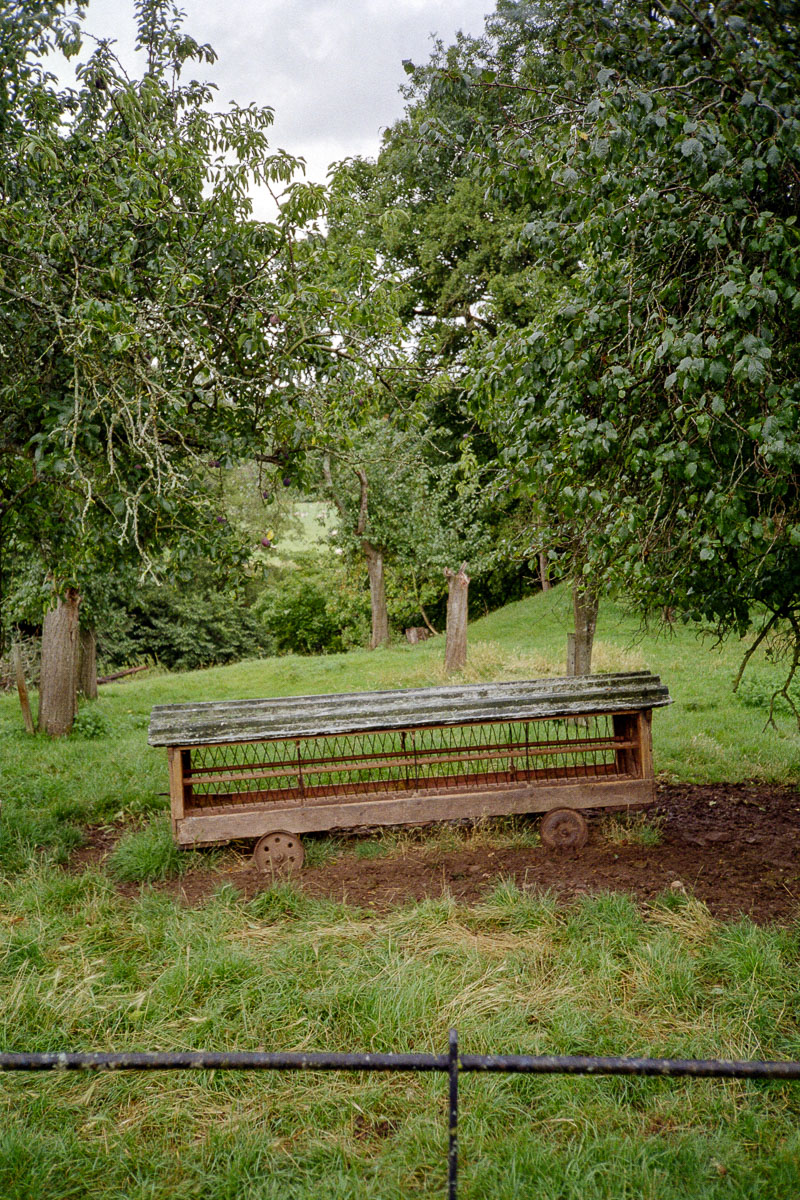
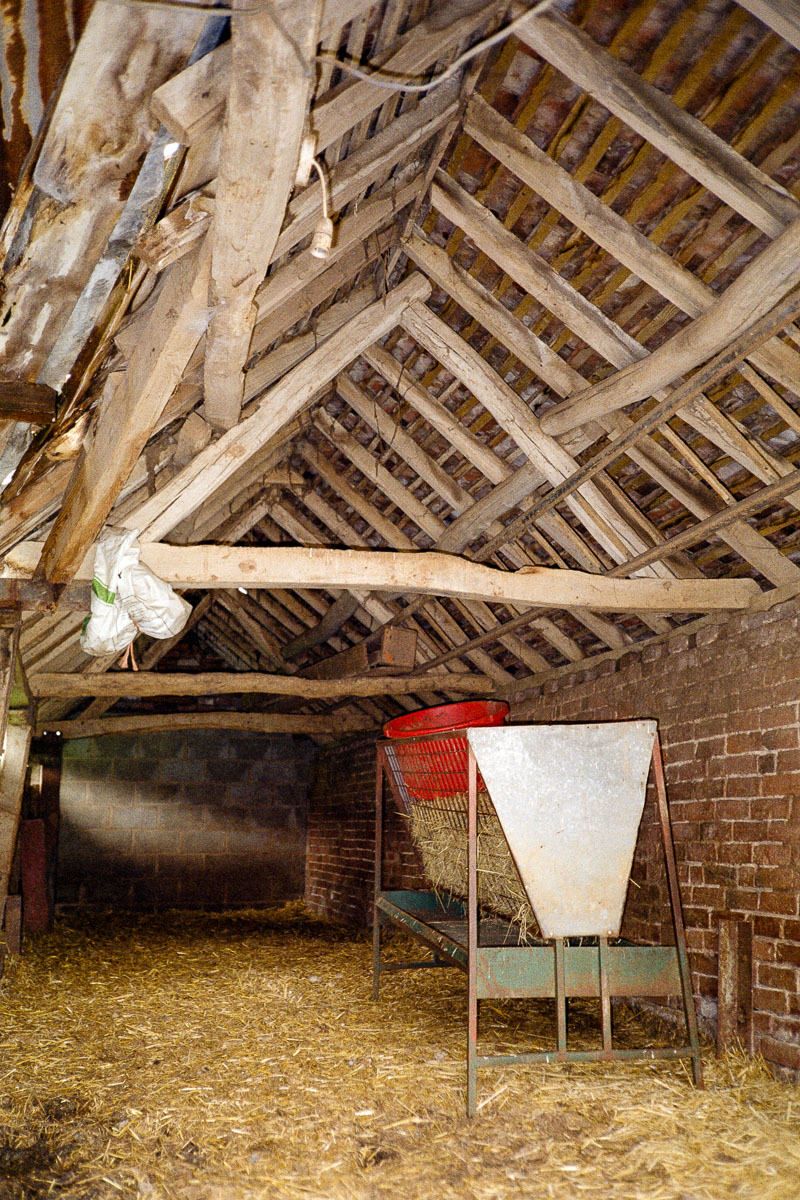
Where
Rochford Farm, Worcestershire.
When
Summer 2020.
What
Ricoh FF-9 35mm camera and Kodak Gold 200 colour film.
How
I scanned the negatives using the Minolta DiMAGE Scan Elite 5400 scanner and VueScan software.
Like this article? Spread the word.
Or check out my other psychology articles!









